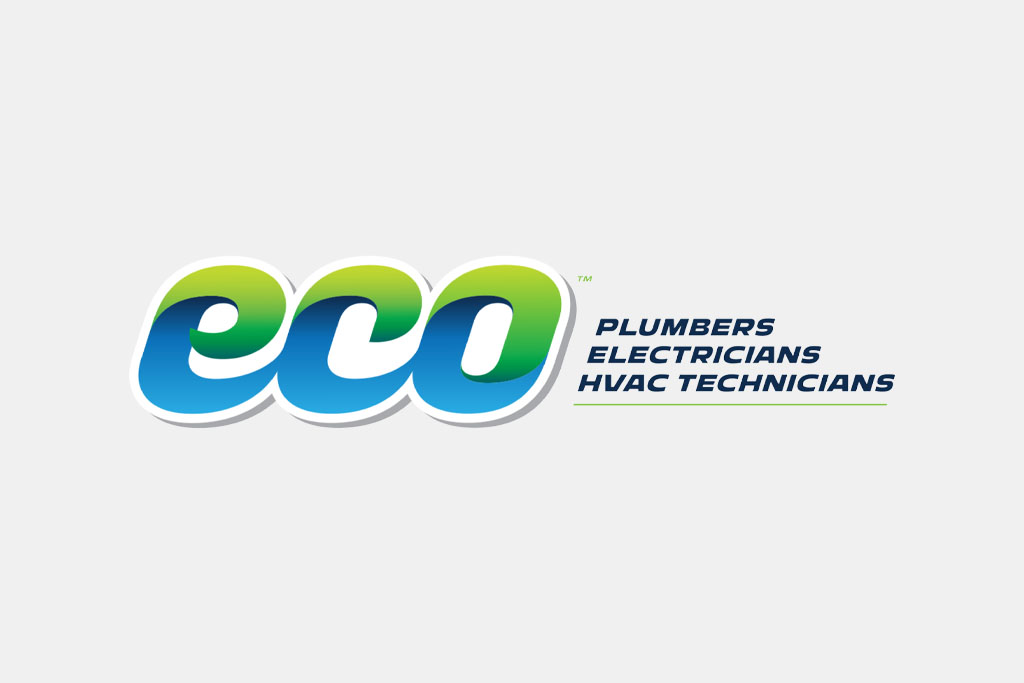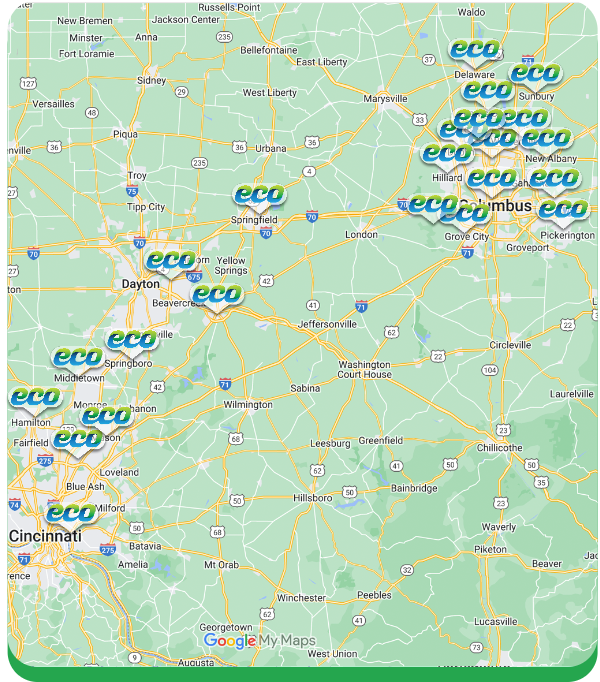Hose bibs are outdoor faucets on the exterior of the home that carry water from your indoor systems outside. Commonly found on the side of your home, a hose bib allows you to attach a garden hose to direct water where you need it most, often for such activities as watering plants and washing cars. Like all water faucets, hose bibs can have problems when not properly cared for. Because they are typically exposed to harsh elements, problems with hose bibs can be worse than minor leaks.
The most common problems with hose bibs include:
Leaks: That continual dripping, even after you have tried to shut the outdoor spigot off, is one of the most annoying outdoor water problems a homeowner can have. Often, the shutoff valve within the mechanism simply does not work properly and the resulting pressure will force water through.
Freezing: Another problem happens when water in the hose bib freezes during cold weather in the winter months, expanding and cracking the bib so it no longer functions properly. Once temperatures warm up and the pipes thaw, a broken faucet will leak incessantly.
Breaking of the handle due to rust or corrosion is a third common issue, leading to an inability to turn the hose bib on or off. This can be especially bad if the handle breaks while water is flowing, as the only way to solve the problem involves turning off the water at the source completely.
If you are experiencing any of these problems, it may be time to get a new outdoor faucet. If your hose bib has not shown any signs of damage, keep these key preventive measures in mind:
Newer hose bibs function differently from older models in that turning the handle shuts off the water inside the house, as opposed to simply shutting off the outlet. This will prevent water from freezing in the winter and cracking the hose bib. This can be referred to as a frost free hose bib.
In some models, it is possible to turn off water lines leading outside, so before temperatures drop below freezing you can stop any water going toward the outdoor lines and drain the excess from the hose bib.
Disconnecting the hose from the faucet whenever it is not in use is another way to ensure the internal mechanisms of the hose bib don’t crack or break due to extended pressure.
Checking your hose bib regularly for broken washers, seals, nuts, and other small parts will help you prevent leaks or other water damage. Replace any damaged or missing parts immediately to keep your hose bib from developing bigger problems later.
The newest hose bib on the market satisfies all of these requirements. If your home requires a new hose bib, you are in luck, as a number of improvements have been made. The newest model comes with a shut-off valve that stops water inside the home and keeps it from freezing. Unlike an older shut-off valve, the quarter turn valve does not require multiple turns, which ensures a quicker and more secure operation. The rubber-coated handle helps protect against rust and corrosion and is easier to grip.
Contact The Eco Plumbers if you have questions about hose bibs, your plumbing system or our services.












